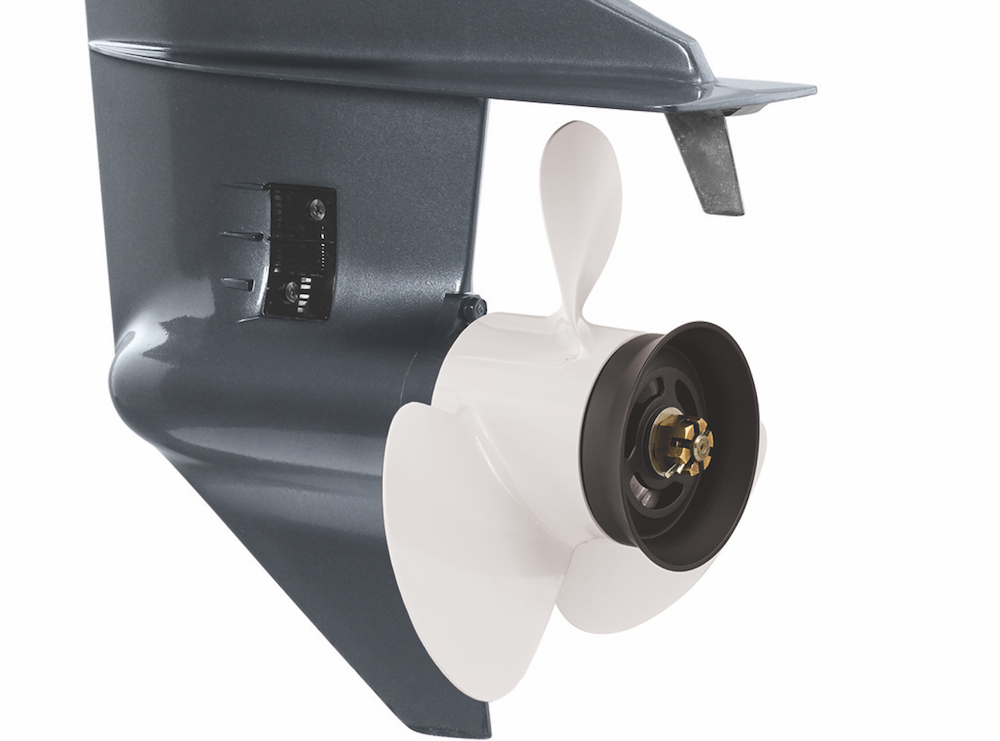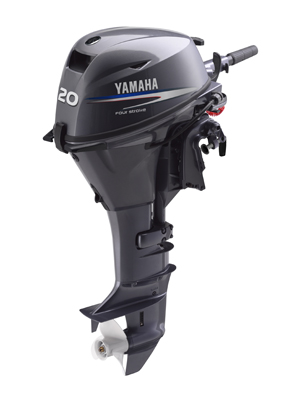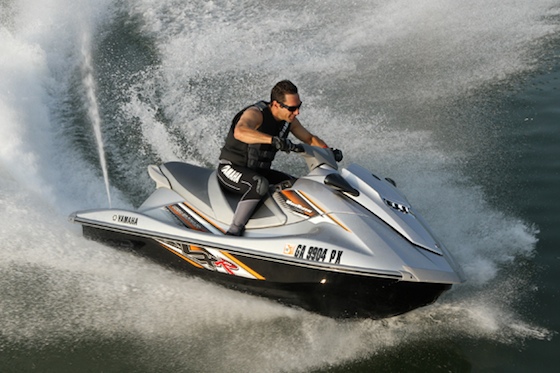Advertisement
Advertisement
Yamaha F20 and T25 Outboards Revealed
Yamaha has recently introduced two new outboards to its line-up: the T25 high-thrust model, and the F20 portable outboard.
February 8, 2019
- Electronic fuel injection (EFI) that does not require a battery, for easy starts and great economy.
- The most displacement in the 20-HP category for strong bottom-end power.
- T25 features a Dual Thrust prop designed to better control heavy boats, including sailboats.
The new Yamaha F20 portable outboard makes all of the features of the impressive Yamaha F25 model introduced in 2017, including batteryless EFI, available for boats limited to 20 horsepower. The F20 is essentially an F25 with the 432cc twin-cylinder powerhead detuned with a different camshaft and engine calibration. The previous F20 shared its 362cc twin-cylinder powerhead with the Yamaha F15 model, and has a carburetor rather than fuel injection.

The Yamaha F20 outboard features an EFI system that does not require a battery, saving space and weight in the boat.
That EFI system is a key feature, and promises great fuel economy and easy starts with one pull of the rope, hot or cold. As the name implies this self-charging system does not require a battery. The F20 can be equipped with electric starting—which does require a battery—but the electric start models retain the rope start feature, a nice back-up for a dead battery. Yamaha will offer the F20 with tiller or remote controls, with and without power trim, and a 15-inch or 20-inch length. Other features include the Yamaha variable trolling speed control, which can be activated with a button on the Multi-Function Tiller Handle, through a Command Link display, or a switch on models with remote controls. The variable-speed feature permits adjustment of the engine speed from 750 to 1050 rpm in 50 rpm increments. Alternator output is increased by 14 percent to 16 amps. The new motor has improved carry handles and can be stored lying on its side or on its back.
Key competitors in the 20-horsepower class include the Mercury FourStroke 20 and the Suzuki DF20, both of which are also equipped with an EFI system that does not require a battery. Both also weigh less than the 126-pound Yamaha F20—the Mercury is 99 pounds and the Suzuki is 97 pounds (all weights are for the lightest available model), or about 25 percent lighter than the Yamaha, a significant difference on a small boat, or if you really need the motor to be portable. The Yamaha advantage is displacement, with 432cc compared to 333cc for the Merc and 327cc for the Suzuki. I would expect the Yamaha to offer more low-end power to move a heavily loaded boat on plane.
The Yamaha F20 will range in price from $3,620 to $4,465, depending on configuration.

The Yamaha T25 features a Dual Thrust propeller with generous blade area and the ability to deflect exhaust away from the prop for better performance in reverse gear.
New Yamaha T25
In Yamaha nomenclature “T” stands for thrust and indicates a High Thrust model equipped with a Yamaha Dual Thrust propeller. The new T25 is simply an F25 equipped with this larger-diameter, lower-pitch aluminum propeller that offers generous blade area, just what you need for pushing a heavy load. The Dual Thrust propeller is also designed to re-route exhaust in the direction of the thrust so that the prop is not operating in exhaust gas in reverse gear. This gives the prop much better bite when backing down, and better control when maneuvering in reverse. The T25 with a 20-inch shaft comes with a 10.625 x 8.25-inch Dual Thrust prop that’s a good match for pontoon and lighter boats. The 25-inch version has a 10.625 x 6.75-inch Dual Thrust prop intended for very large kicker applications, such as northwest heavy-gauge aluminum boats or a heavy sailboat. For comparison, the F25 model comes with a 9.875 x 11.25 prop.
The T25 has all the good features of the F25, including batteryless EFI, and weighs a very significant 60 pounds less than the previous T25 model. All models have power trim and electric start, with the rope start in place as a back-up.
For more information, visit Yamaha Outboards.
Advertisement
Advertisement












